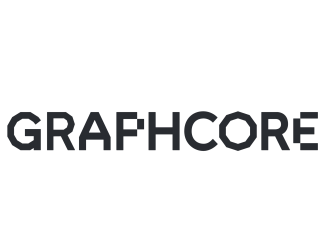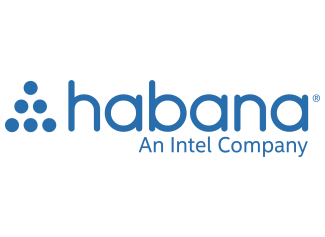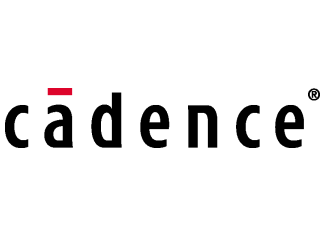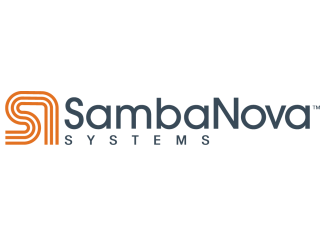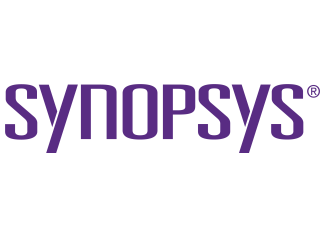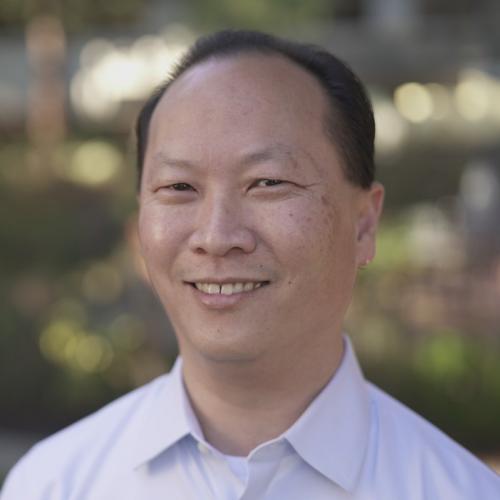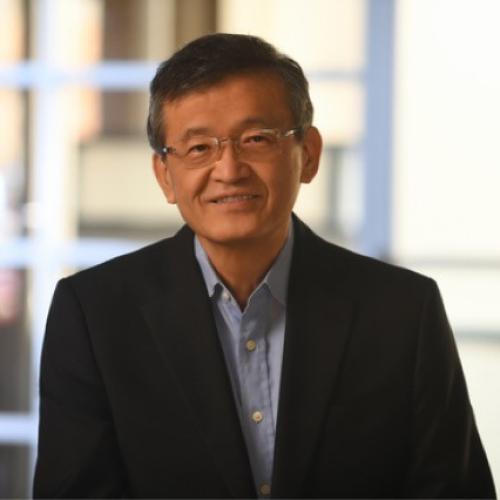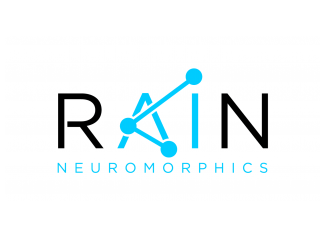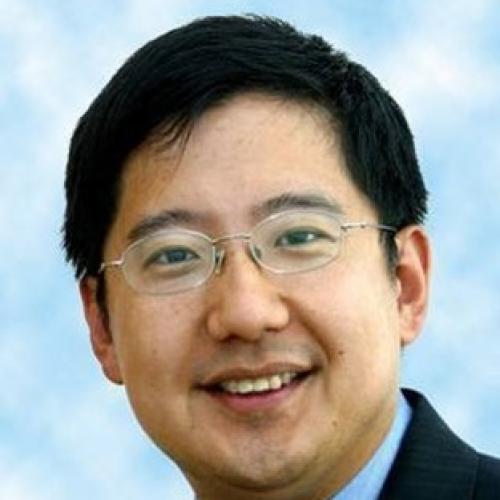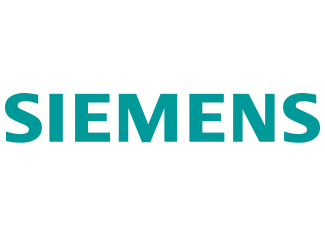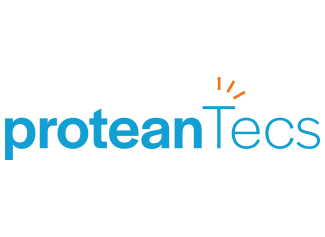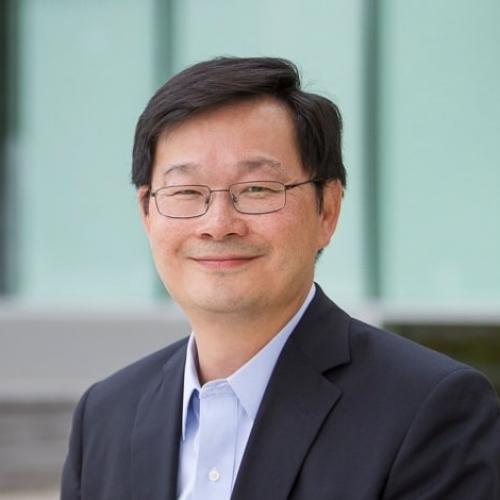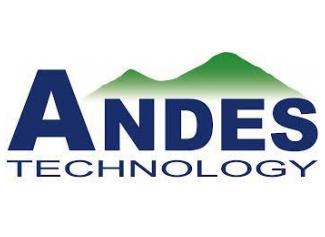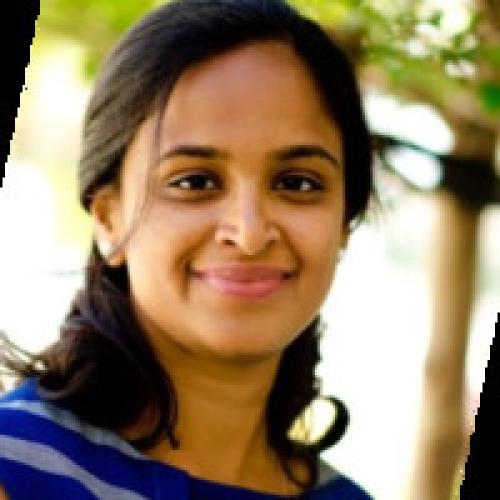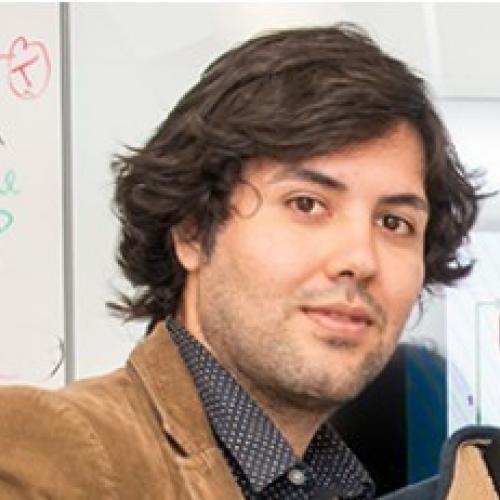Developer workshops are restricted to machine learning practitioners from research institutions and enterprises who are interested in learning how to port code onto novel AI platforms and want to get hands-on access to hardware and SDKs.
Workshops are application only and subject to eligibility and availability. The workshops are free, and lunch, shared networking sessions, and access to the Meet and Greet function and keynote is included in the developer pass. If you're a machine learning engineer / AI application developer, please apply using the form in the registration section of the website or by emailing [email protected]. There are approximately 30 spaces available.
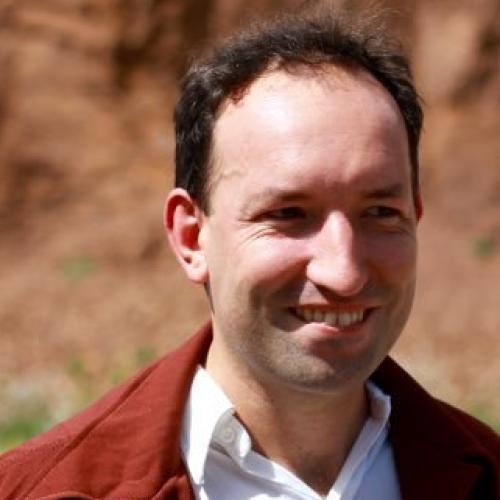
Jeff Boudier
Jeff Boudier is a product director at Hugging Face, creator of Transformers, the leading open-source NLP library. Previously Jeff was a co-founder of Stupeflix, acquired by GoPro, where he served as director of Product Management, Product Marketing, Business Development and Corporate Development.

Régis Pierrard



